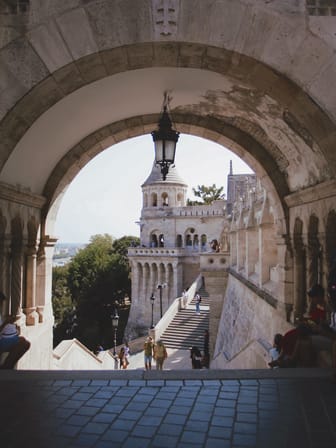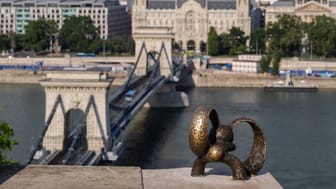Elisabeth Bridge
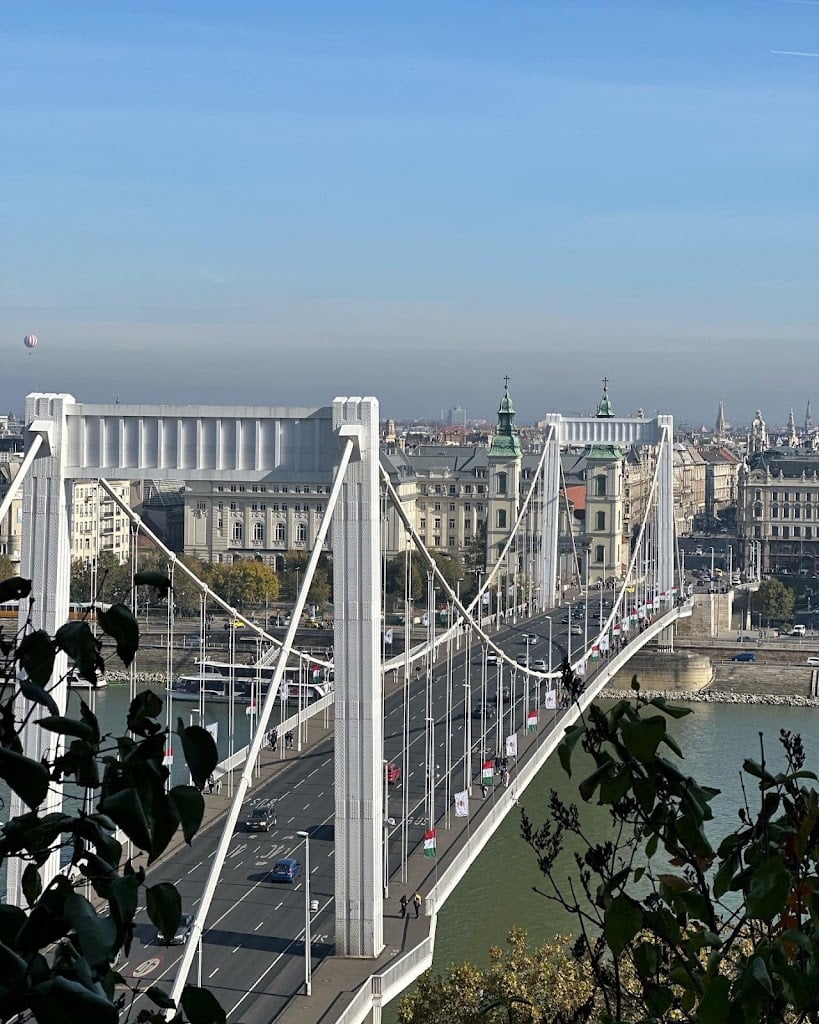
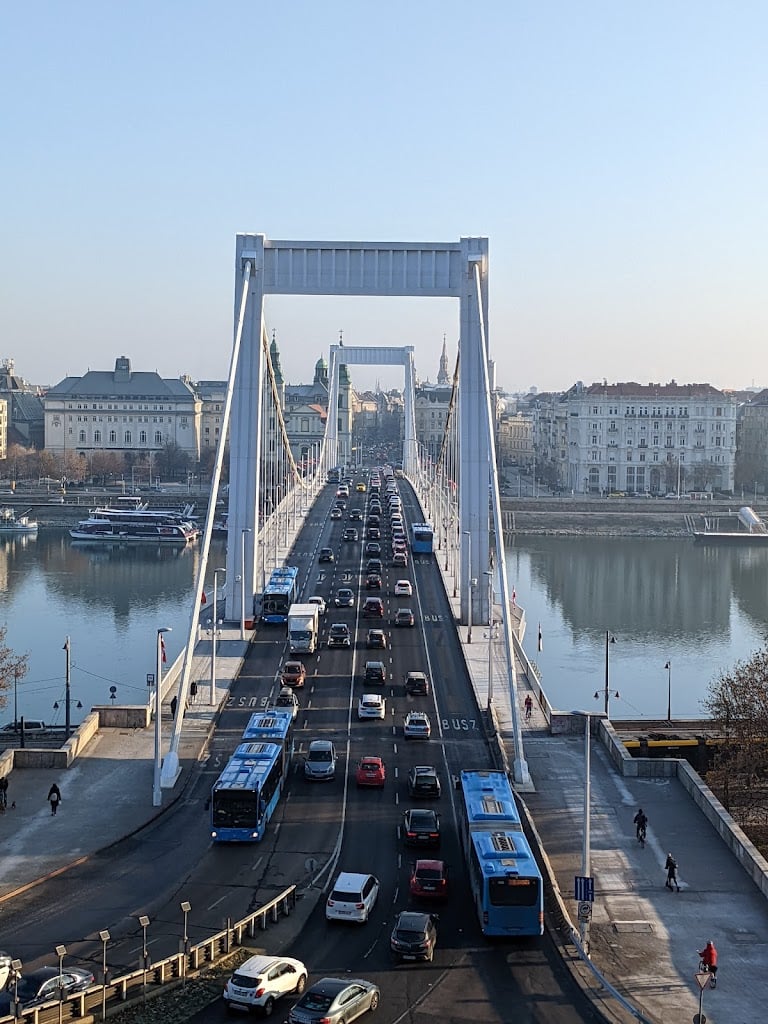
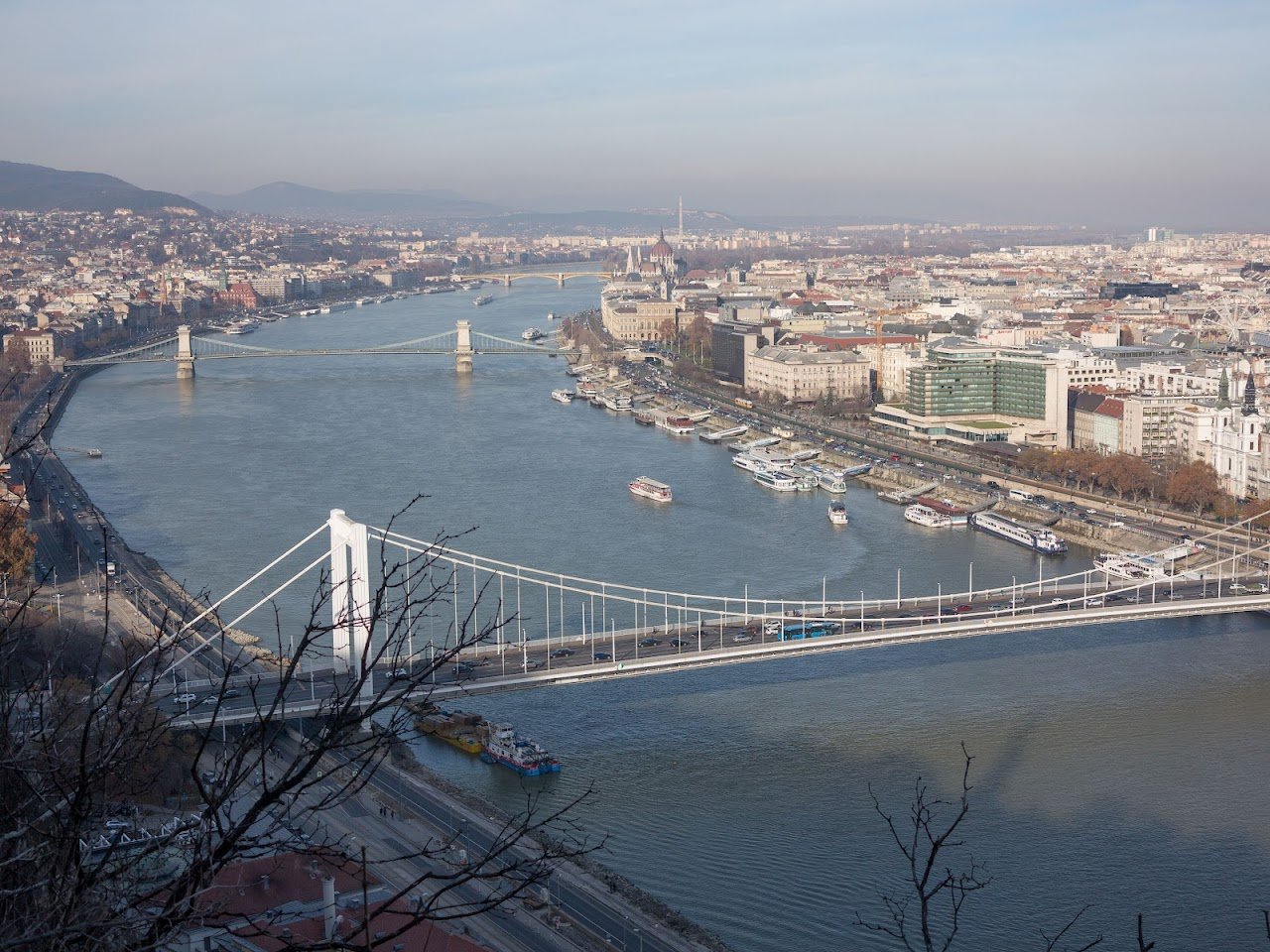
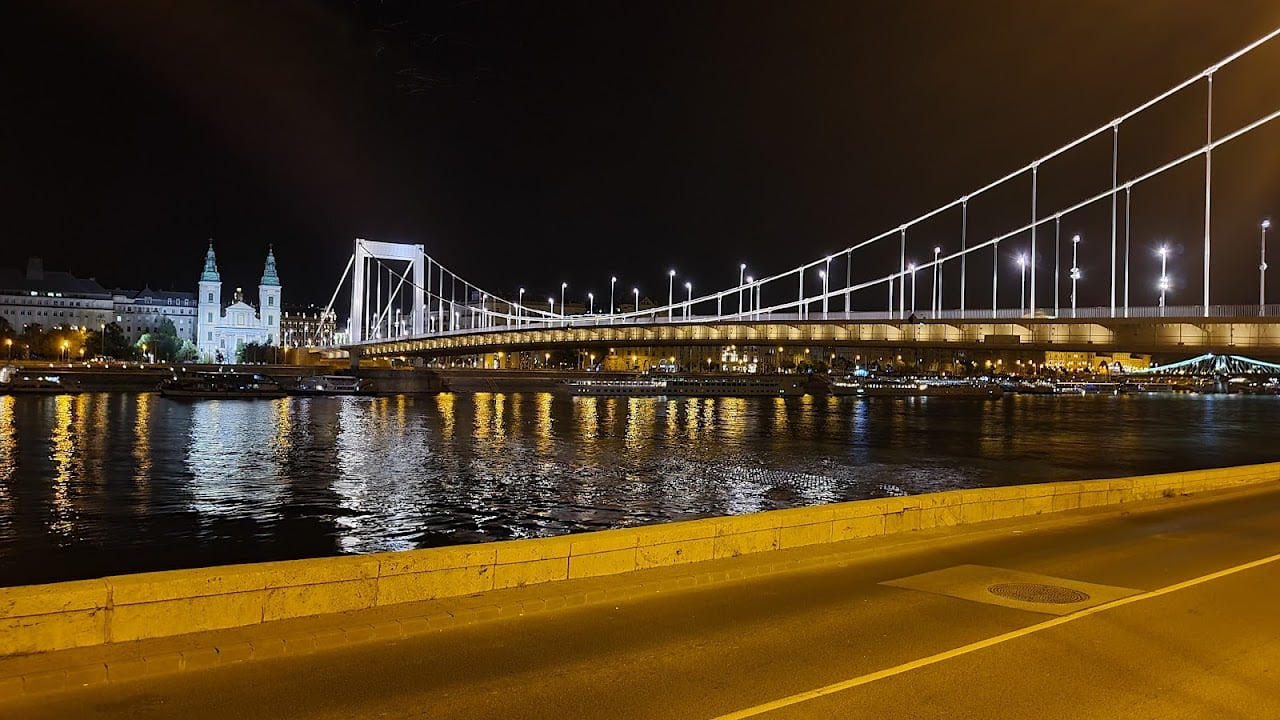
Ask ThatchGPT
Suggest a local expert to plan my trip
Suggest an unique itinerary for my Budapest trip
What foods do Budapest locals eat
What are some true hidden gems in Budapest
Help me brainstorm trip ideas for Budapest
Help me plan a family-friendly trip to Budapest
What people say
Pedro Pereira
Available for hire
"The Elisabeth Bridge, connecting Buda and Pest across the Danube, is the third newest bridge in Budapest and spans the river at its narrowest point in the city, measuring just 290 meters. Named after Elisabeth of Bavaria, the beloved Austrian-Hungarian queen who was assassinated in 1898, the bridge commemorates her legacy with a bronze statue on the Buda side, nestled within a small garden.
The bridge's history begins with its original construction between 1897 and 1903, a decorative suspension structure in the eclectic style, built amidst a corruption scandal involving inflated land sales. The bridge’s placement near Gellért Hill necessitated complex road arrangements. Initially built for horse-drawn carriages, the design’s sharp curves have since proven hazardous for modern vehicles, leading to tragic accidents and a speed limit on westbound lanes.
The original bridge was destroyed during World War II, like many of Hungary’s crossings. Unlike others, it could not be rebuilt in its original form, and remnants of its ornate structure now reside in the Museum of Transport. Between 1961 and 1964, a new design by Pál Sávoly replaced the old structure. This modern iteration, inspired by the Mülheim Bridge in Cologne, is a starkly simple white cable bridge, reflecting the brutalist aesthetic of its era. Its construction relied on existing foundations due to financial constraints. However, structural issues required the removal of tram tracks by 1973, and weaknesses in its design highlighted the technological limitations of early computer modeling.
In recent years, Elisabeth Bridge has been enhanced with special lighting designed by Japanese artist Motoko Ishii, marking cultural and diplomatic milestones between Hungary and Japan. The lighting project, partially funded by Japan, highlights the bridge’s significance as a symbol of unity and renewal.
Adding to its cultural resonance, the statue of Elisabeth of Bavaria has a history as intricate as the bridge itself. Initially unveiled in 1932 on the Pest side, the monument suffered damage during the war and underwent multiple restorations before finding its current home on the Buda side in 1957. Today, the Elisabeth Bridge stands not just as a functional crossing but as a testament to the city’s resilience, bridging historical epochs and architectural styles."
Read more in:
Sevinch Muminova
"Elizabeth Bridge holds a special significance for many residents of Budapest. This pristine white suspension bridge, completed in 1964, holds the distinction of being the first newly designed bridge to reopen after WWII. The original span, erected in 1903, was too severely damaged in the war for reconstruction. With a higher arch compared to other Danube bridges, Elizabeth Bridge provides striking views of Castle and Gellért Hills, the river, and the more aesthetically pleasing bridges to the north and south."
Read more in:
Valentina Vanegas
"Take a walk across Erzsébet Bridge at sunset for one of the most picturesque views of the Danube River and the Budapest skyline."
Read more in:
Mentioned in these guides
About Elisabeth Bridge
Get the inside scoop on Elisabeth Bridge from local experts, travel creators, and tastemakers. Browse genuine trip notes, Elisabeth Bridge reviews, photos, travel guides, and itineraries from real travelers and plan your trip with confidence.
Save this spot for later or start mapping out a new trip today
Try our AI Travel Assistant and get instant answers to any questions about your trip.
Ask ThatchGPT

